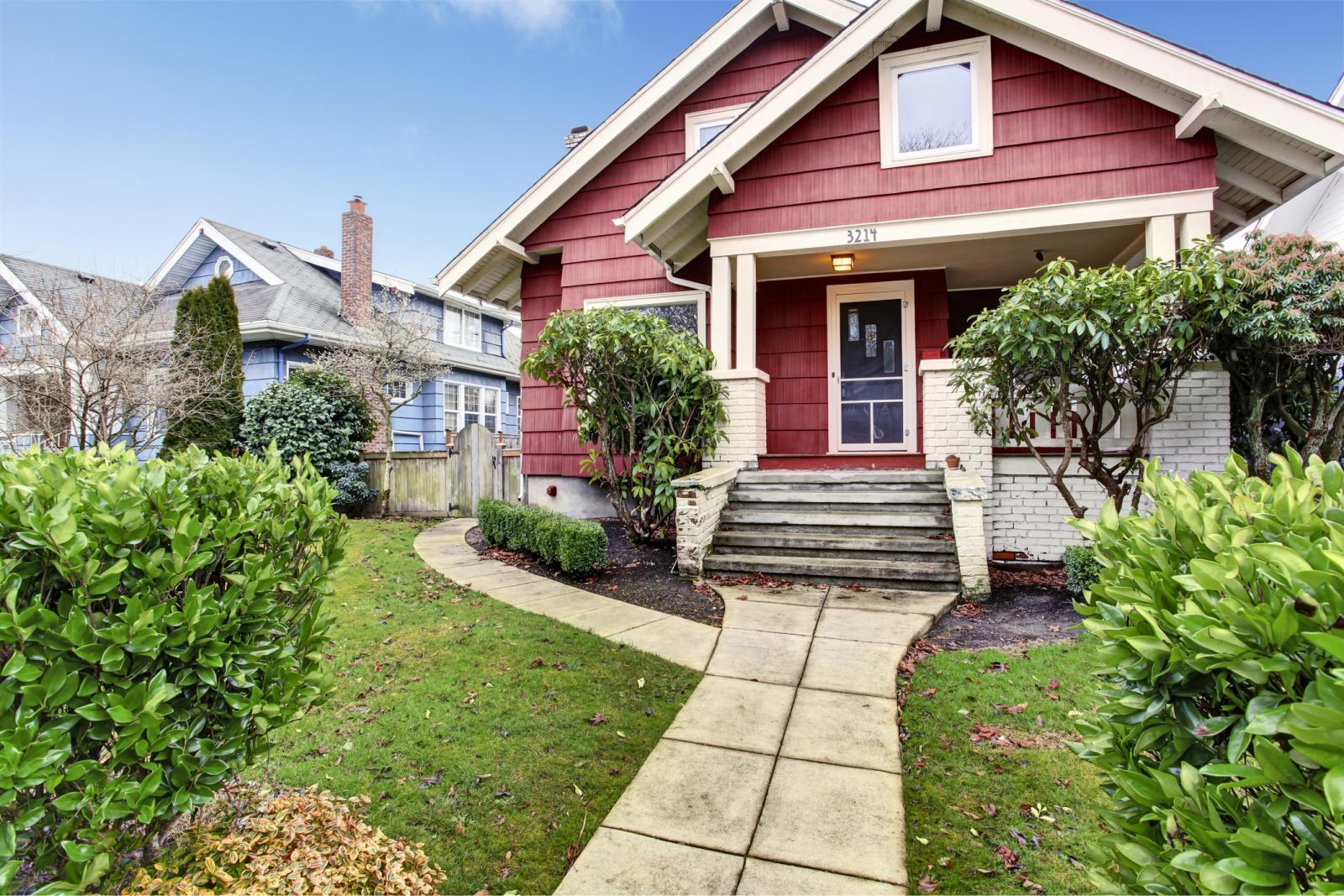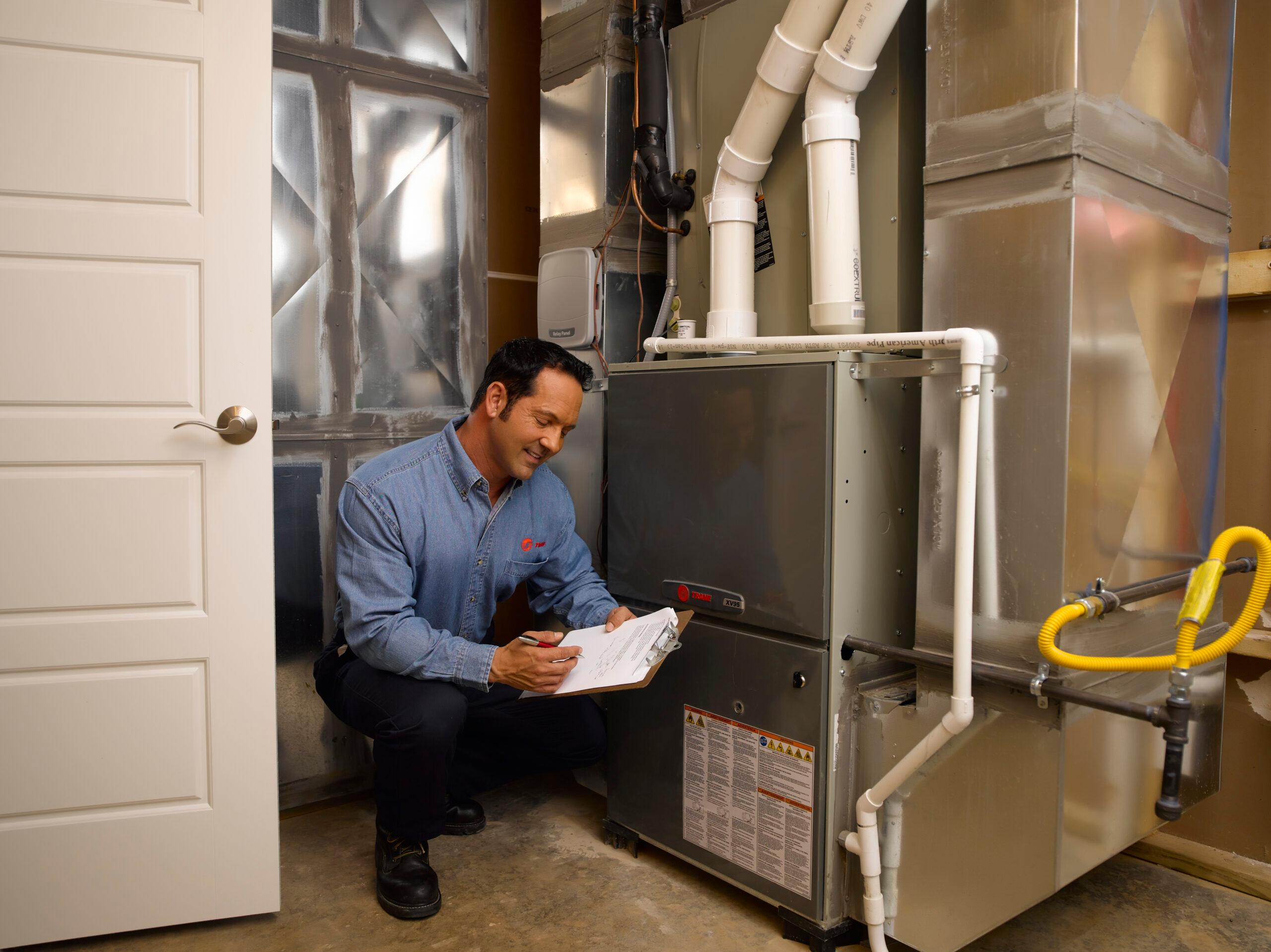Home Renovations: A Guide to Renovating Older Homes
These are a few things you need to know before you start a home renovation project.
In 2020, 76% of homeowners reported undertaking home renovations. Most commonly, these projects were to improve aesthetics and overall home comfort or to improve energy savings and reduce household carbon footprints. While older and historic homes are full of character, renovations, and repairs are often laser-focused on functionality and efficiency.
When remodeling an older home, one of the biggest mistakes that homeowners make is failing to consider their potential return on investment (ROI). While it’s important that you are comfortable in your home, spending excessive money on custom or cosmetic updates or luxury fixtures won’t add much resale value if you opt to sell. Other home renovations and improvements can significantly increase home equity, such as upgrading the kitchen or replacing the HVAC system. In turn, these prove to be a better investment of both time and money when renovating an older home.
Kitchen and Bathroom Remodels
Kitchen and bathroom updates are often first on the list for many homeowners to tackle in a home renovation. From knocking down walls to simply repainting your cabinets, you can update your kitchen to reflect a modern style while still maintaining the charm of your older home. Bathroom remodeling may include updating the plumbing or replacing the shower and tub depending on the age of the home. You can start small with a coat of paint and a new vanity, or remodel the entire bathroom for a fresh, new look. A huge upside to remodeling kitchens and bathrooms is that it will increase the value of your home and make it more appealing to potential buyers if you decide to sell.
Homeowners who opt for a midrange bathroom remodel typically recover 67% of the costs when the time comes to sell. Minor, midrange kitchen remodels, receive an impressive return of around 72%. This means a simple refreshment to your kitchen cabinets or upgrading an attached dining room can go a long way toward your home's resale value and your family's enjoyment of the space. Despite these figures, the ROI decreases significantly when it comes to luxury or major renovations for both bathrooms and kitchens.
HVAC System, Window, and Insulation Renovations
Older homes are notorious for having drafty windows, lackluster insulation, and outdated (if any) HVAC systems. Functional repairs and home renovations fetch a much higher ROI than cosmetic or luxury ones making replacing windows, insulation, or installing a new HVAC system one of the best investments for homeowners. Even for those with no intentions of selling their homes, the energy cost savings alone often pay for the upgrades.
Most older homes rely on a traditional fireplace, steam radiators, radiant heat, or an older forced air system with ductwork throughout the home. These are often expensive to operate and maintain and they create hot and cold spots throughout the home. For instance, a fireplace may cause your home to be sweltering in the living room but freezing cold in the bedroom. Likewise, a forced air system with worn ductwork can lose more than 20-30% of the hot or cool air produced. While all of these options were cutting-edge in their heyday, much more effective and energy-efficient options are available in today’s market.
Whether upgrading the ductwork and HVAC unit, installing ductwork and a traditional system for the first time, or opting for a ductless mini-split system, homeowners can save big on their utility bills and reduce their carbon footprint. Keep in mind that while some home renovations like painting the walls, adding wallpaper, or new window treatments can be turned in D.I.Y. projects, an HVAC install or repair always requires hiring a professional to ensure safety. If you’re interested in learning more about an HVAC repair or replacement, reach out to a local Trane dealer to discuss your options.
Along with replacing the heating and cooling system, windows, doors, and insulation should be carefully examined and replaced as needed. Even a small investment such as adding fiberglass insulation to your attic comes with a staggering ROI of 107%. This will allow your new HVAC system to work more efficiently and prevent energy loss while also decreasing monthly utility bills.
Need-Based Home Renovations
Although some owners of older homes want to make renovations to improve the aesthetics or functionality of their space, many of them are need-based. Some common examples of need-based home renovations in older houses include:
- Abatement (the removal and containment of lead paint)
- HVAC replacement or HVAC repair
- Roof repairs
- Electrical system upgrades
- Water damage
- Termite damage
- Mold removal
While it can be tempting to turn home renovations into DIY projects to stay within budget, keep in mind that those involving abatement, electrical, HVAC, or structural work always require the assistance of a professional for your safety and the safety of everyone in your home. Without professional guidance, the results can be disastrous.
Quick, Low-Budget Home Improvement Projects
Don't have the budget for a major overhaul? Start small. Replace the hardware in your kitchen and bathrooms for an instant, modern look without breaking the bank.
You can also stop by your hardware store and pick up paint and supplies. Painting a room yourself will save you on the cost of hiring a painter and fresh paint can transform a room. Don't forget to apply fresh paint to the ceilings, too. New curtains or blinds and colorful accent furniture can also brighten a room.
Home Renovation Budgets and Loans
Unlike a new construction home, renovating older homes may come with unexpected obstacles along the way. For example, remodeling an outdated kitchen may reveal that the pipes also need to be replaced or new light fixtures may overload an electrical circuit, prompting the need to hire an electrician. Because of this, budgeting for material costs alone is not enough for larger projects.
Keep in mind that the end goal of a home renovation is to improve the home's comfort level, overall efficiency, and resale value in the long run. If additional funds are needed during a home remodel, many financial institutions offer home improvement loans that allow monthly payments to be made over time. If you opt to secure a home equity loan, be sure to factor interest rates into the overall price when determining the potential ROI or increase to your home's value. It is also worth noting that if your home renovation or remodel improves energy efficiency or reduces the household’s carbon footprint, tax credits, and rebates may offset the costs.
FAQs About Home Renovations and Older Homes
How to remodel an older home on a budget?
For major home renovations in an older home, homeowners should ensure that they leave some space in their budget for unexpected costs that may arise. This is because unexpected issues may be discovered along the way. Other tips for staying on a budget include tackling small, inexpensive home improvement projects like adding shelving units to closets or painting kitchen cabinets.
What should you not do when remodeling a house?
When remodeling a house, avoid taking on any dangerous projects like HVAC installations, electrical work, or structural changes. Without proper expertise and equipment, these tasks are extremely dangerous and can cause extensive damage to your home that is costly to repair. Instead, reach out to a professional for help.
How much should you spend on a house renovation?
Each homeowner's budget will vary widely for a house renovation, but the potential ROI and home resale value should be taken into consideration. While you may relish luxury fixtures or custom modifications to your home, ensure that you aren't expecting a big return on these investments if you opt to sell in the future.
What is the difference between remodeling and renovating a house?
Many people use the terms home remodel and home renovation interchangeably, but there are subtle differences used by professionals. Notably, a renovation refers to restoring the home to its previous state while a remodel refers to adding something entirely new to the space.
What are examples of renovation?
Some common examples of home renovation projects include restoring hardwood floors, replacing insulation, upgrading an HVAC system, installing new hardware, or refacing kitchen cabinets.
What part of your house is the most worth remodeling?
Kitchen and bathroom remodels are among the most valuable home remodeling projects. Other areas such as finishing a basement or attic also drastically increase a home's resale value as they expand the amount of living space within the home.



